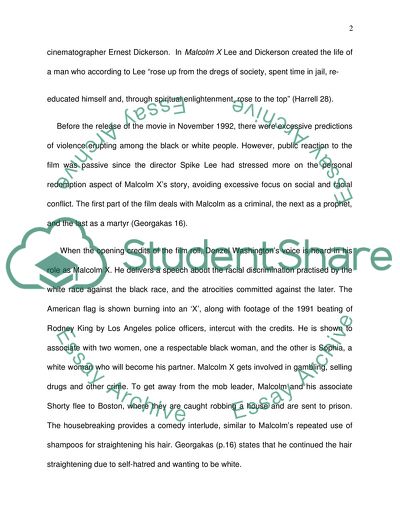Cite this document
(Malcolm X Essay Example | Topics and Well Written Essays - 2000 words, n.d.)
Malcolm X Essay Example | Topics and Well Written Essays - 2000 words. https://studentshare.org/visual-arts-film-studies/1757060-malcolm-x-video
Malcolm X Essay Example | Topics and Well Written Essays - 2000 words. https://studentshare.org/visual-arts-film-studies/1757060-malcolm-x-video
(Malcolm X Essay Example | Topics and Well Written Essays - 2000 Words)
Malcolm X Essay Example | Topics and Well Written Essays - 2000 Words. https://studentshare.org/visual-arts-film-studies/1757060-malcolm-x-video.
Malcolm X Essay Example | Topics and Well Written Essays - 2000 Words. https://studentshare.org/visual-arts-film-studies/1757060-malcolm-x-video.
“Malcolm X Essay Example | Topics and Well Written Essays - 2000 Words”. https://studentshare.org/visual-arts-film-studies/1757060-malcolm-x-video.


